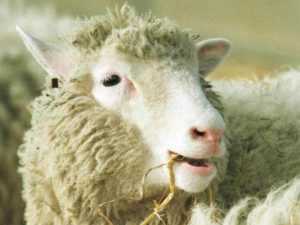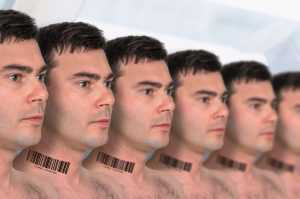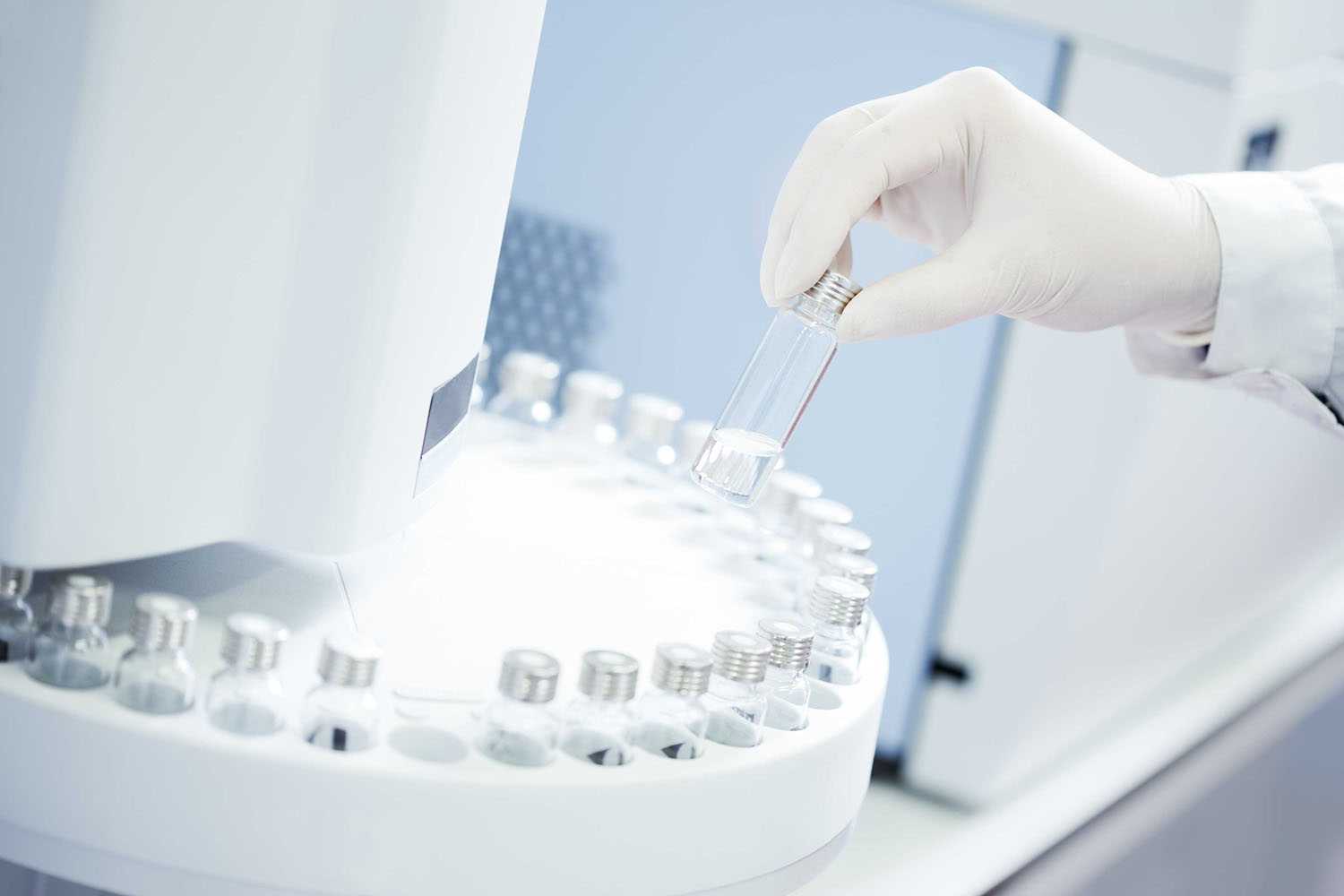?
If you have ever wondered how two people can look identical and even behave so, here is something we are going to discuss today that might interest you and might answer some of your curiosity, at least for a while. We have known about this cloning technology from movies for a very long time but haven?t actually been accustomed to it. We do not know if this has already been achieved in some secret lab by the US or Russia.
The fact is that this is far from true. The Genetics Science Learning Centre in Utah explains this in very simple terms. They explain that clones are organisms that are a copy of each other to the very core of their individual DNA structure. Every single bit of their DNA is an exact copy.
The Very First Clone Experiment
And, then we also know very well from movies, once again, that identical twins are natural clones and are very much possible. However, with the advancement of technology, scientists are trying to do it artificially. If you know about the very first clone then you would not be surprised to find that this tech also exists from 1997.

Let us give a brief about it to our new readers here. Many people first heard about this cloning technology breathing life into ?Dolly the Sheep?. But, artificial cloning technology has been around for more than that though. But, the necessity or the objective has kept it obscure and not so common. You cannot find a cloning machine in a hospital around the corner like a soda machine.
So, Dolly lived from 5th July 1996 to 14 February 2003. She was the first mammal cloned from an adult somatic cell using the process of nuclear transfer. It was really a big deal because it proved that the technology was theoretically and practically feasible. She was from Scotland. As a part of the University of Edinburgh, Roslin Institute was the place where this cloning was done by Keith Campbell and the team and after this Dolly was crowned the ?Most Famous Sheep? by BBC News and Scientific American.
And, this brings us to the question about how this cloning technology works? Where is it useful? Why is it useful as a field of research?
Making Genetic Clones in a Lab
Here we take a look at the ways these clones are made in a lab. And, going back to the same place in Utah, we read a bit more on this. They mention that there are only two known ways of making exact clones or a copy of an organism 
 whether it be a sheep or a human in theory. And, therefore refer to it as an organism. There is an artificial embryo twinning and somatic cell nuclear transfer.
whether it be a sheep or a human in theory. And, therefore refer to it as an organism. There is an artificial embryo twinning and somatic cell nuclear transfer.
Let us discuss these things in depth. As you might have guessed the first one is relatively low-tech. And, this means that it involves less of technology and more of using nature as a wingman. It mimics the natural process that creates identical twins. And, in nature-identical twins are formed when the embryo splits into two naturally. And, then each half of the embryo continues developing into two separate individuals. And, since they developed from the same fertilized egg, they form genetically identical clones of each other. The only difference being it is carried out in a petri dish.
The second one is a high-tech method. In short, it is also called the ?SCNT? or simply nuclear transfer. It is the same that was used for Dolly as well. So, Dolly was a high-tech individual, so to speak. And, the rest were all sheep. It produces the same result, which is an exact copy or clone. But, which one is useful and where?
How SCNT Differ from the Natural Way of Embryo Twinning?

Both natural fertilization and SCNT make the same thing. In one case where egg and sperm join and the others have the same job? We all know that an embryo has two sets of chromosomes. They determine the sex of the offspring. The difference between these two processes of cloning technology comes from the fact of obtaining these sets.
While in the two sets come from the egg and the sperm, and then develop into the embryo to fulfill the two set requirements. In SCNT, the egg cell?s single set of chromosomes are removed and it is replaced by the nucleus of a single somatic cell. Now, this somatic cell already contains two sets of chromosomes. And, thus in the embryo both the sets come from the same somatic cell.
The cloning tech here is not about cloning a single gene for treating some medical conditions but applies to an organism. That is making a whole organism in the lab.
Modern Cloning Technology in Plants

The plants where this technology is actually beneficial to produce large quantities of plants from a single plant for food, the science gets interesting. IN the case of plants, if you cut a shoot from the healthy part, and then place it in the soil. It will start growing roots and develop into a full plant. This is possible because the shoot contains something called ?Stem Cells?. These are able to distinguish between different types of cells and grow into a complete plant by itself. So, no need for seeds or pollination.
Pros
- Cloning technology has its own benefits when applied at the right organism.
- It can solve problems like food shortage, treating medical conditions by specifically cloning specific genes only.
Cons
- It is still far from creating human clones at your home lab.
- It should be kept safe from misuse and the research should always be directed towards solving real-world problems.
Final Summary
Using this method to grow hundreds of plants for farming and food one can resort to the above method. But, there is also something called ?Tissue Culture? or micropropagation. In essence, both the above and tissue culture is kind of analogous to embryo twinning and nuclear transfer.

